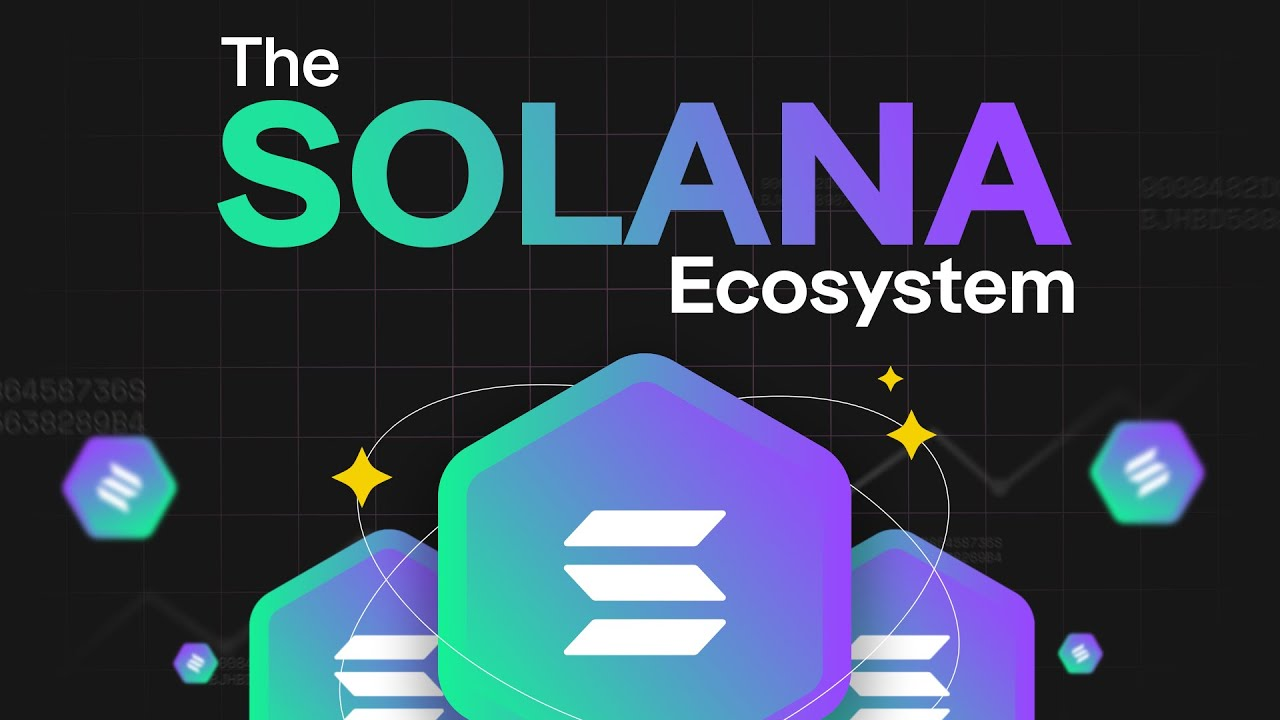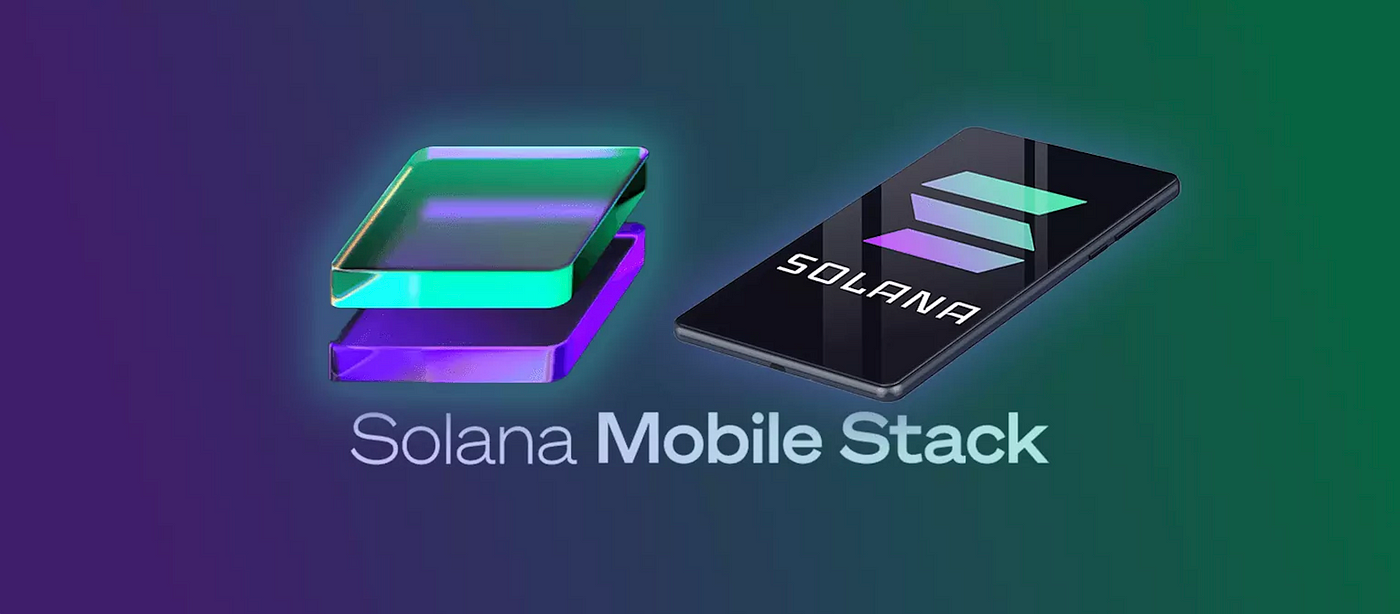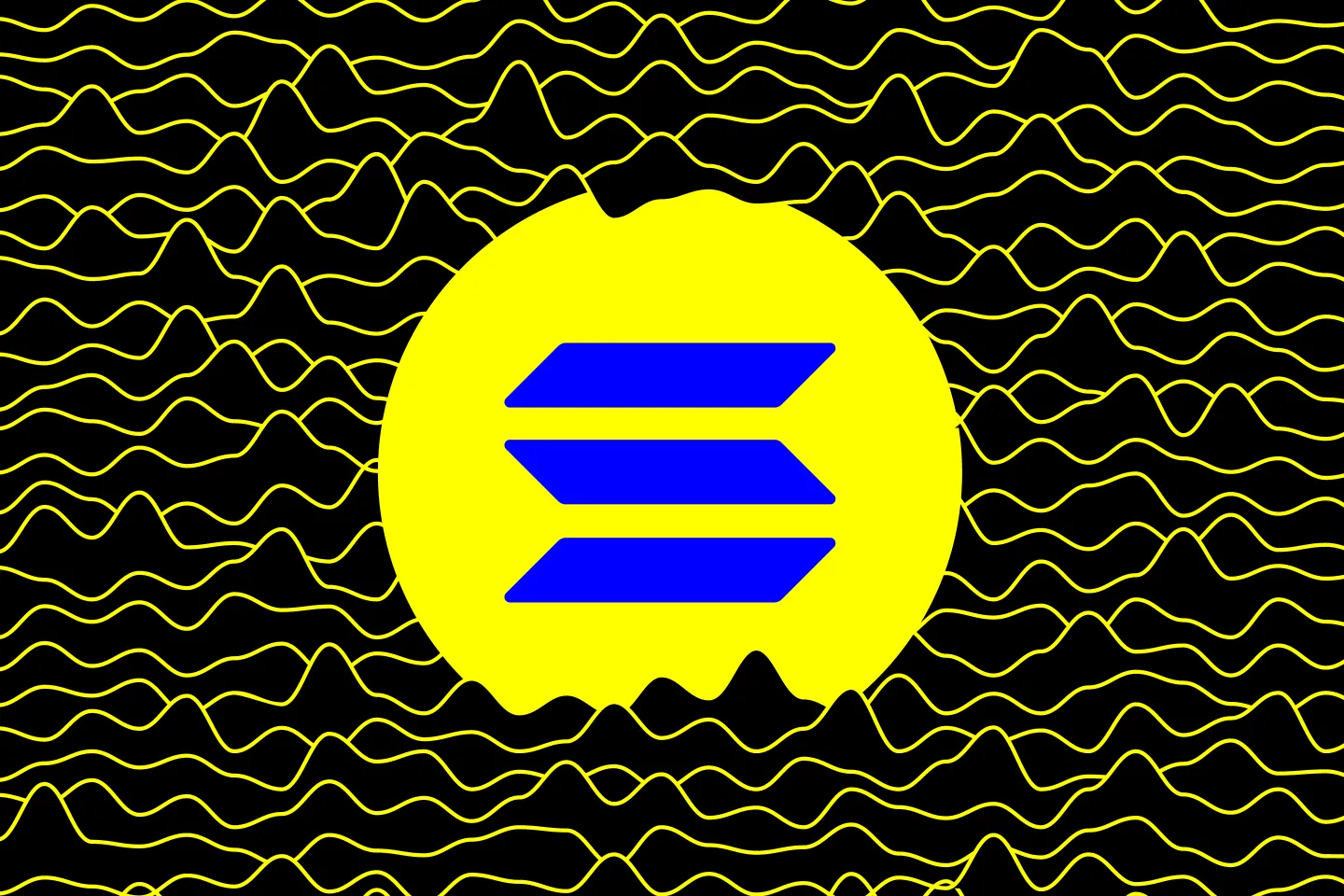Top Solana Insights: Taking a look at the Solana Ecosystem
Solana is a high-performance blockchain designed to process thousands of transactions per second. It stands out for its speed, efficiency, and unique Proof of History consensus mechanism. In this article, we will explore Solana’s core technologies, ecosystem, major initiatives, and future roadmap, giving you a comprehensive understanding of why it’s a leading network in the crypto space.
Key Takeaways
- Solana utilizes a high-performance blockchain architecture capable of processing 2,000 to 3,000 transactions per second with minimal transaction fees, enhancing its appeal for decentralized applications and DeFi.
- The Solana ecosystem supports over 2,000 dApps, leveraging a growing developer community and innovative initiatives, like the Solana Mobile Stack, to enhance user experience and drive ecosystem growth.
- Solana’s Proof of History mechanism and energy-efficient Proof of Stake model contribute to its scalability and sustainability, positioning it as a leader in blockchain technology while maintaining a commitment to minimizing environmental impact.
Solana Overview

Solana stands out as a high-performance blockchain designed to process thousands of transactions per second, making it one of the most efficient and scalable networks in the crypto space. This impressive capability is made possible through a combination of innovative technologies and architectural decisions that prioritize speed and efficiency.
One of the key elements of Solana’s success is its unique Proof of History consensus mechanism, which enhances transaction speed and reliability.
High Performance Blockchain
At the core of Solana’s high performance is its ability to maintain a transaction throughput of about 2,000 to 3,000 transactions per second, even during peak usage periods. This capability is not only impressive but also crucial for supporting decentralized finance (DeFi) applications and smart contracts that require real-time transaction processing. Moreover, Solana’s transaction fees are remarkably low, typically around $0.00025 per transaction, making it an attractive option for users who engage in frequent transactions.
The Solana network’s architecture structure supports rapid scaling, accommodating a growing number of decentralized applications and users without compromising performance. Innovations like parallel processing have been introduced to handle a higher number of transactions per second, further enhancing the network’s scalability.
This dedication to high performance and low costs is a testament to the vision of Greg Fitzgerald and the Solana team, who aim to unlock innovative uses of blockchain technology without the constraints of high transaction fees.
Proof of History
Solana’s Proof of History (PoH) is a groundbreaking technology that provides a verifiable record of time for transactions. The PoH generator functions as the network’s timekeeper, creating a trusted source of time that speeds up transaction processing and boosts efficiency. This innovative mechanism reduces the need for extensive communication between nodes, allowing the Solana network to operate more smoothly and quickly.
Validators are key to upholding the integrity of the PoH process. They lose staked coins if they confirm invalid transactions or if the PoH generator misbehaves, ensuring a high level of security and trust within the network while also managing the risk involved. Valued validators play a crucial role in this system.
Anatoly Yakovenko’s experience at major tech firms provided him with the skills necessary to innovate with the Proof of History mechanism, further solidifying Solana’s position as a leader in blockchain technology.
Solana Ecosystem

The Solana ecosystem is one of the fastest-growing in the blockchain space, attracting a substantial number of developers and decentralized applications (dApps). Known for its high throughput and low transaction costs, the ecosystem supports a wide array of applications across sectors such as finance, gaming, and NFTs.
A team of experts from leading tech firms, who bring diverse expertise, drive this growth.
SOL Token
At the heart of the Solana network is the SOL token, the native cryptocurrency utilized for various purposes within the ecosystem. Primarily, SOL is used as a means of payment for transaction fees and services on the blockchain. The network’s low transaction fees, designed to be affordable, encourage microtransactions and frequent trading, making SOL an attractive option for many users. As Solana scales, it aims to keep these fees competitive to attract a variety of use cases and applications.
In addition to transaction fees, users can stake SOL tokens to participate in the network’s consensus process, earning rewards in return. This staking mechanism not only secures the network but also incentivizes users to hold and use SOL tokens, contributing to the overall stability and growth of the Solana ecosystem.
Decentralized Applications
The Solana ecosystem is home to over 2,000 active programs, showcasing significant innovation across various dApp categories. Notable decentralized applications include Serum, a decentralized exchange, and Phantom, a popular crypto wallet service. These applications highlight the versatility and capability of the Solana network in supporting a wide range of use cases, from finance to gaming.
Solana is particularly focused on supporting decentralized finance (DeFi) applications, including lending and liquidity pools. Innovations like confidential transfers have been introduced to enhance privacy for transactions within the ecosystem. This focus on DeFi and privacy makes Solana a robust platform for building and deploying decentralized applications that cater to various user needs.
Developer Community
The Solana developer community is thriving, supported by various initiatives that foster innovation and collaboration. With over 2,500 active developers monthly and more than 48,000 developers engaged in hackathons, the community’s growth and engagement are evident. These hackathons provide a collaborative environment for building innovative blockchain solutions, showcasing the potential and creativity within the Solana ecosystem.
A Solana developer bootcamp has been launched, offering 19 hours of free educational content to foster community growth. The Solana Breakpoint Conference also serves as a platform for developers to showcase their projects and innovations, with notable speakers from the blockchain industry providing insights into future trends.
Solana Mobile Stack

The Solana Mobile Stack and Saga phone have been launched to enhance mobile Web3 capabilities, providing a seamless experience for decentralized applications on Android. This open-source toolkit includes features like a secure Seed Vault for safeguarding private keys, making it an essential component of the Solana ecosystem.
Solana Labs Announcement
In June 2022, Solana Labs announced the Solana Mobile Stack and the Saga device, aiming to create a more integrated mobile experience for users within the Web3 ecosystem. This announcement marked a significant step towards facilitating mobile-first decentralized applications, providing developers with a framework to create secure and efficient mobile dApps.
The Solana Mobile Stack is designed to provide a better mobile-centric approach to decentralized apps, enhancing the user experience and security features. By offering a robust toolkit for Android, Solana Labs is paving the way for a new era of mobile Web3 interactions.
Early Access Program
Developers interested in utilizing the Solana Mobile Stack can apply for early access to start building mobile applications that leverage its features. This early access program lets developers explore the Solana Mobile Stack’s capabilities and improve mobile Web3 interactions, aiding the Solana ecosystem’s growth.
Solana Foundation Initiatives

The Solana Foundation organizes various initiatives to foster community engagement and support the development of the Solana network. These initiatives are key to building a robust and vibrant ecosystem around Solana, fostering innovation and collaboration.
Hacker Houses
Hacker Houses are designed to bring together developers from diverse regions to collaborate on Solana-based projects. These events often include mentorship from experienced Solana developers and engineers, providing valuable guidance and support to participants. Upcoming Hacker House events are scheduled in cities like Hong Kong, Bengaluru, and Dubai, enhancing local developer participation and fostering a global community.
For example, the London Hacker House event lasted five days, offering developers an immersive experience to work on projects, debug issues, and share knowledge. These events are vital for building a strong developer community and driving innovation within the Solana ecosystem.
Solana Breakpoint Conference
Solana’s main conference, Breakpoint, attracted around 9,300 participants in 2022, showcasing the growth of the community and the ecosystem’s vibrant nature. Over the course of three days, approximately 3,800 builders attended the conference, engaging in learning, building, and celebrating the Solana ecosystem.
The insights gained and directions established at Breakpoint 2022 are pivotal for shaping the future of the Solana network. The conference provided a platform for developers to showcase their projects and innovations, further strengthening the Solana community and driving the network’s growth.
Historical Price Trends
On January 19, 2025, Solana hit its all-time high sol price of $294.33, a notable milestone in its price history. Over the past year, Solana’s price has fluctuated between a low of $95.53 and a high of $294.82, reflecting the dynamic nature of the market. This fluctuation highlights the interest and engagement of investors in the Solana token, as well as the overall market confidence in its potential.
Solana’s price trends, despite volatility, show strong investor confidence and market engagement. The trading volume and market cap of Solana have been significant, contributing to its position as a leading blockchain network in the crypto space. If you want to trade Solana, it’s essential to stay informed about these trends.
Solana Technology Advancements

Solana’s blockchain is engineered for exceptional speed and efficiency, boasting the capacity to handle a vast number of transactions simultaneously. By encoding the passage of time within the blockchain, the Proof of History mechanism allows each transaction to be ordered and verified more efficiently.
On-Chain Data Management
Recent updates in Solana’s on-chain data management include innovations like state and account compression, which optimize data storage on the blockchain. These techniques have significantly improved data handling within the Solana network, enhancing overall performance and efficiency.
Anatoly Yakovenko stresses building a platform that prioritizes user data control, aligning with Solana’s commitment to efficiency and security. These innovations ensure that the Solana network remains a high-performance blockchain capable of supporting a wide range of decentralized applications and users.
Scalability Solutions
Recent updates to Solana’s architecture have improved transaction processing speeds and reduced latency, further enhancing the network’s scalability. Greg Fitzgerald’s contributions have significantly influenced the design decisions that boost Solana’s performance and efficiency.
Innovative approaches like parallel transaction processing have been introduced to increase the scalability of the Solana blockchain. Additionally, the introduction of the Firedancer validator client is set to significantly boost Solana’s transaction throughput and scalability, ensuring that the network can handle increased demand and usage.
Solana Tokenomics
Solana’s tokenomics represent crucial elements such as supply distribution, inflation rates, and staking rewards that contribute to the network’s growth and stability. These factors reflect the significant interest in Solana, indicating strong market confidence and investor engagement in the token.
Circulating Supply and Total Supply
Solana’s current market capitalization stands at approximately $94 billion with a circulating supply of about 519 millions SOL tokens. The total supply of SOL is not fixed; instead, it is subject to dynamic inflation, starting with an inflation rate of 8% that decreases to 1.5% over time.
This dynamic supply mechanism enables a controlled increase in tokens, supporting long-term network stability and growth.
Staking Rewards
Staking SOL allows holders to earn rewards based on both the current inflation rate and the performance of their chosen validator. When staked, SOL tokens generate rewards at the start of each epoch, which typically lasts about two days. This incentivizes users to lock up their tokens as collateral for a validator’s honest behavior, earning rewards or risking losing tokens for misbehavior.
Currently, the return rate for staking SOL is around 8.32%, with rewards distributed every epoch. This staking mechanism not only secures the network but also provides an attractive return for participants, further encouraging engagement and participation in the Solana ecosystem.
Solana Roadmap
Solana’s development roadmap focuses on improving high-performance infrastructure and enhancing its capacity to handle network slowdowns during peak demand. The roadmap outlines plans for both infrastructure enhancements and DeFi ecosystem expansion, ensuring that Solana remains at the forefront of blockchain technology.
Infrastructure Enhancements
To improve infrastructure, Solana plans to implement a new consensus algorithm aimed at eliminating vote transactions and speeding up block times. Additionally, sharding will be introduced to enable parallel processing of transactions, significantly improving network efficiency and scalability.
Plans are in place to double the network’s block space, which is expected to boost transaction throughput. These innovative technologies enable Solana to achieve rapid transaction finality, significantly boosting user confidence and supporting more applications and users.
DeFi and Ecosystem Expansion
Solana is particularly focused on supporting decentralized finance applications, NFTs, and other digital assets. The platform is expanding to include a range of DeFi applications such as lending, borrowing, and liquidity pools, which are essential for growing its ecosystem. Confidential transfers are also being implemented to enhance transaction privacy for DeFi users on the Solana platform.
Future developments will include improving interoperability with other blockchains to facilitate asset movement and enhance the DeFi landscape. Validators earn fees from transaction processing, including base and priority fees, and MEV rewards, which have become a significant source of income for validators.
This strategy aims to grow the Solana ecosystem by supporting DeFi applications while enhancing validator incentives.
Team Behind Solana
The success of Solana can be attributed to its dedicated team, led by founder Anatoly Yakovenko and co-founder Greg Fitzgerald. Their combined expertise and visionary leadership have driven Solana’s growth and innovation, making it a standout in the blockchain space.
Anatoly Yakovenko
Anatoly Yakovenko, with a background in computer science, has developed patents for high-performance operating system protocols. His experience at Qualcomm, where he spent over a decade developing operating systems, provided him with the skills necessary to address critical issues in blockchain technology, primarily focusing on transaction speed and scalability.
Greg Fitzgerald
Greg Fitzgerald, co-founder of Solana, has played a crucial role in the technical architecture and operational strategies of the network. His significant influence on design decisions has enhanced Solana’s performance and scalability, ensuring its continued innovation and development in the blockchain space.
Energy Efficiency
Solana utilizes a Proof of Stake model, which significantly minimizes its environmental impact compared to traditional Proof of Work systems. The network’s energy consumption is projected to be 8,755 megawatt hours in 2024, equivalent to the electricity used by approximately 833 American households. This energy efficiency allows Solana to handle over 50,000 transactions per second without excessive resource consumption.
Moreover, Solana has achieved a significant reduction in its carbon footprint, dropping 69% since the last report, now estimated at around 2,671 tons of CO2. Each transaction on Solana consumes about 0.00412 watt hours, which is comparable to the energy used in a single search engine query. This commitment to sustainability makes Solana an environmentally responsible choice in the blockchain space.
Summary
Solana has established itself as a high-performance blockchain network with the ability to process thousands of transactions per second at minimal costs. Its unique Proof of History consensus mechanism, coupled with low transaction fees, makes it an attractive platform for developers and users alike. The Solana ecosystem continues to grow, driven by a robust developer community and innovative decentralized applications.
As Solana progresses, its focus on technological advancements, infrastructure enhancements, and ecosystem expansion will ensure its continued success. The dedicated team behind Solana, led by Anatoly Yakovenko and Greg Fitzgerald, remains committed to pushing the boundaries of blockchain technology. With an emphasis on energy efficiency and sustainability, Solana is poised to lead the way in the future of decentralized finance and applications.
Frequently Asked Questions
What is the Solana ecosystem?
The Solana ecosystem is a dynamic network of developers and decentralized applications distinguished by its high throughput and low transaction costs, supporting various sectors like finance, gaming, and NFTs. Its continued growth illustrates its significance in the blockchain landscape.
How does the Proof of History mechanism work?
Proof of History (PoH) functions as a verifiable timekeeping mechanism for transactions, streamlining processing speed by minimizing communication requirements among nodes. It enhances efficiency by establishing an accurate and reliable timeline for events within the network.
What is the SOL token used for?
The SOL token serves as the native cryptocurrency of the Solana network, used for paying transaction fees and staking to earn rewards. Its utility in network participation highlights its importance within the Solana ecosystem.
How does Solana ensure energy efficiency?
Solana ensures energy efficiency by employing a Proof of Stake model, which drastically lowers its environmental impact, with each transaction consuming approximately 0.00412 watt hours, similar to a single search engine query. This approach makes Solana a more sustainable choice within the blockchain ecosystem.
What are the future plans for the Solana network?
The future plans for the Solana network emphasize enhancing its high-performance infrastructure and scalability while expanding the DeFi ecosystem. Key initiatives include implementing a new consensus algorithm and sharding for improved parallel processing and interoperability with other blockchains.

